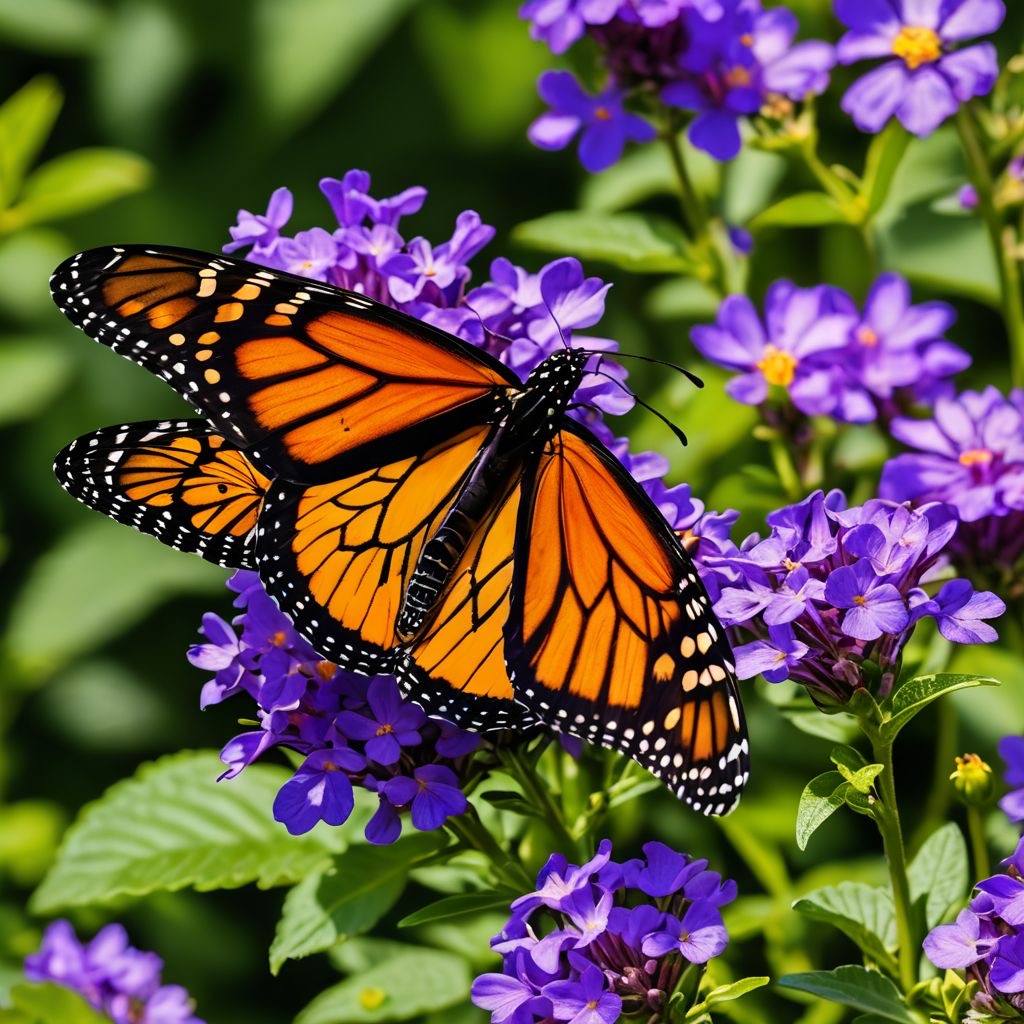
When it comes to garden design, have you ever thought about taking your yard from “meh” to magnificent by inviting in a few feathered, fuzzy, and fluttery friends? I mean, imagine sipping your morning coffee on the patio while birds chirp, butterflies flit about, and bees buzz busily around your flower beds. Sounds idyllic, right? Well, creating a wildlife-friendly landscape isn't just a fabulous addition to your backyard landscape design; it has real benefits for our ecosystem. If you're ready to roll up your sleeves (and maybe get a little dirt under your nails), this guide is for you!
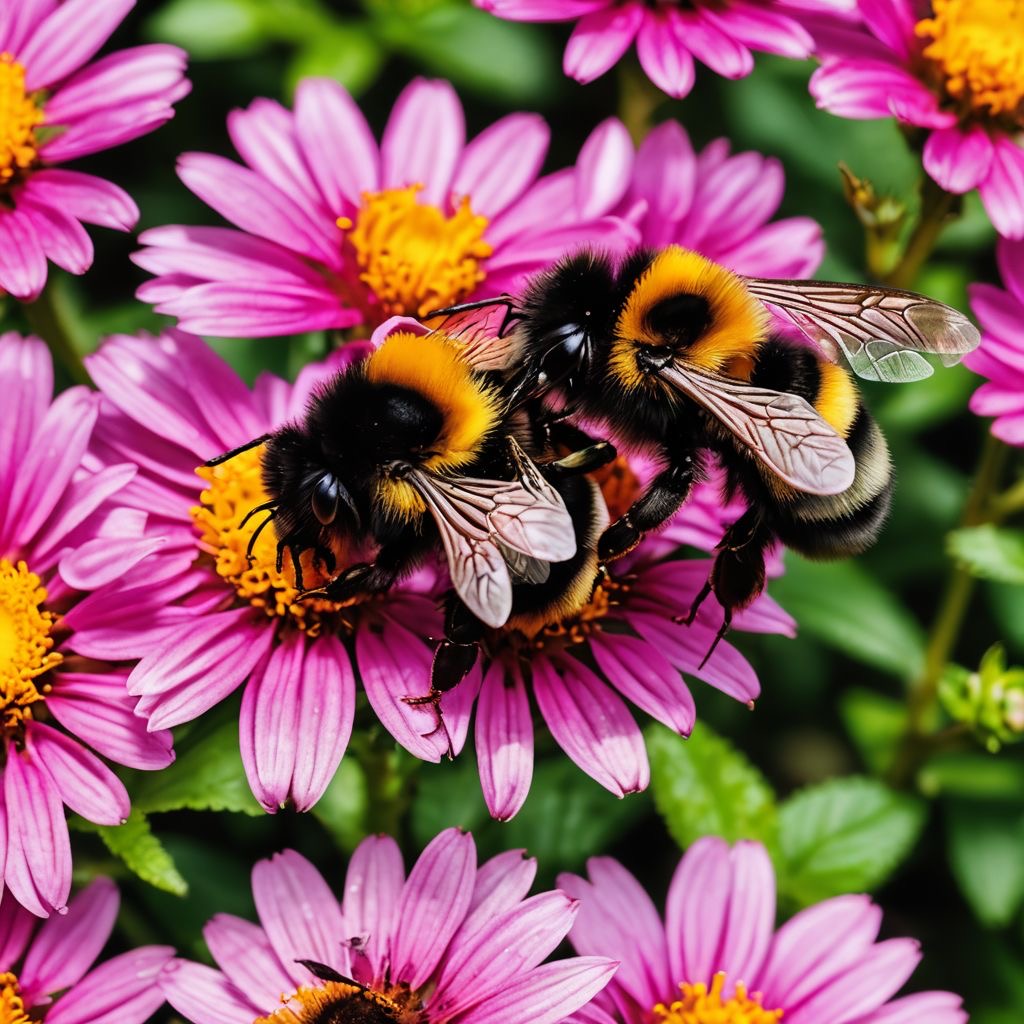
Let’s not just bee-t around the bush (pun totally intended) – let's dive into the art and science of making your yard a buzzing community hub for nature!
Table of Contents:
1. Introduction
2. Why Attracting Wildlife is Important
- 2.1 The Role of Pollinators
- 2.2 Biodiversity Benefits
- 2.3 Aesthetic and Health Benefits
3. Tips for Creating a Wildlife-Friendly Landscape
- 3.1 Choose Native Plants
- 3.2 Provide Food Sources
- 3.3 Create Water Features
- 3.4 Offer Shelter and Nesting Sites
- 3.5 Avoid Chemicals
- 3.6 Create Diverse Habitats
- 3.7 Think About Vertical Space
- 3.8 Educate Yourself and Others
4. The Importance of Flower Gardens for Bees and Butterflies
5. Ten Blue Flowers to Attract Butterflies
6. Conclusion
1. Introduction:
Look, we’ve all seen the memes of people getting overly excited about their garden plans. With big dreams of floriferous displays bursting with blooms, it's easy to think of gardening as just for us humans. But wait—there’s a whole bustling world of wildlife just waiting to take part in your green adventure! When you design a wildlife-friendly landscape, you aren’t just adding charm to your yard; you’re playing a crucial role in supporting local ecosystems.
Just think about it: will you choose your landscape to be a boring, barren wasteland or a magical paradise that attracts life? Spoiler: the magical choice is the better one!
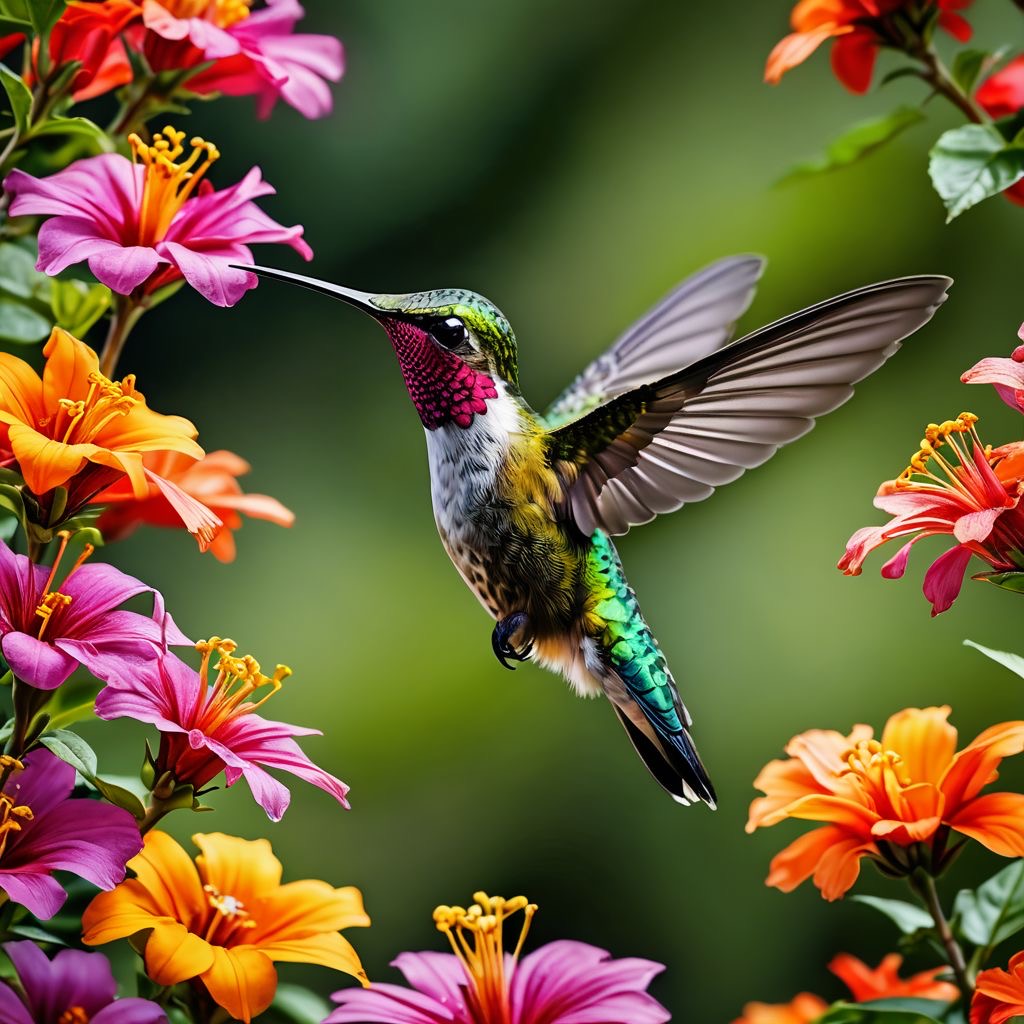
2. Why Attracting Wildlife is Important:
2.1 The Role of Pollinators
Let's kick things off with the bees—our buzzing buddies! Did you know that about 75% of the world’s flowering plants rely on pollinators? That’s no small feat! According to the Food and Agriculture Organization of the United Nations, pollination services contribute an estimated $235 to $577 billion annually to the global economy. Talk about a return on investment!
When you create a haven for bees and butterflies, you’re not just creating a pretty picture—you’re actively contributing to the pollination process that ensures the growth of fruits, vegetables, and ornamental plants in your community.
2.2 Biodiversity Benefits
Biodiversity is the spice of life, and it’s essential for a healthy environment. When various species coexist in harmony, they create a robust ecosystem that can resist diseases and adapt to changing conditions. The presence of multiple species, each with its own intricate role, helps ensure your garden's health, productivity, and resilience.
Plants like milkweed, which are crucial for monarch butterflies, help enhance this biodiversity, offering food and shelter while supporting numerous other species.
2.3 Aesthetic and Health Benefits
Did you know that spending time in green spaces can lower stress levels, improve mood, and even boost productivity? Studies show that just a few minutes in a natural environment can elevate your mental health. By creating a vibrant wildlife-friendly landscape, you’re not only attracting butterflies and bees but also cultivating a space that enhances your well-being. Plus, who doesn’t love the sight and sound of a lively garden filled with fluttering wings and cheerful chirps?
3. Tips for Creating a Wildlife-Friendly Landscape:
Now that we're all fired up to support our feathered, fuzzy, and fluttery friends, let’s talk about how to make that happen in your yard. Here are some nifty tips to help you transform your outdoor space into a wildlife haven.
3.1 Choose Native Plants
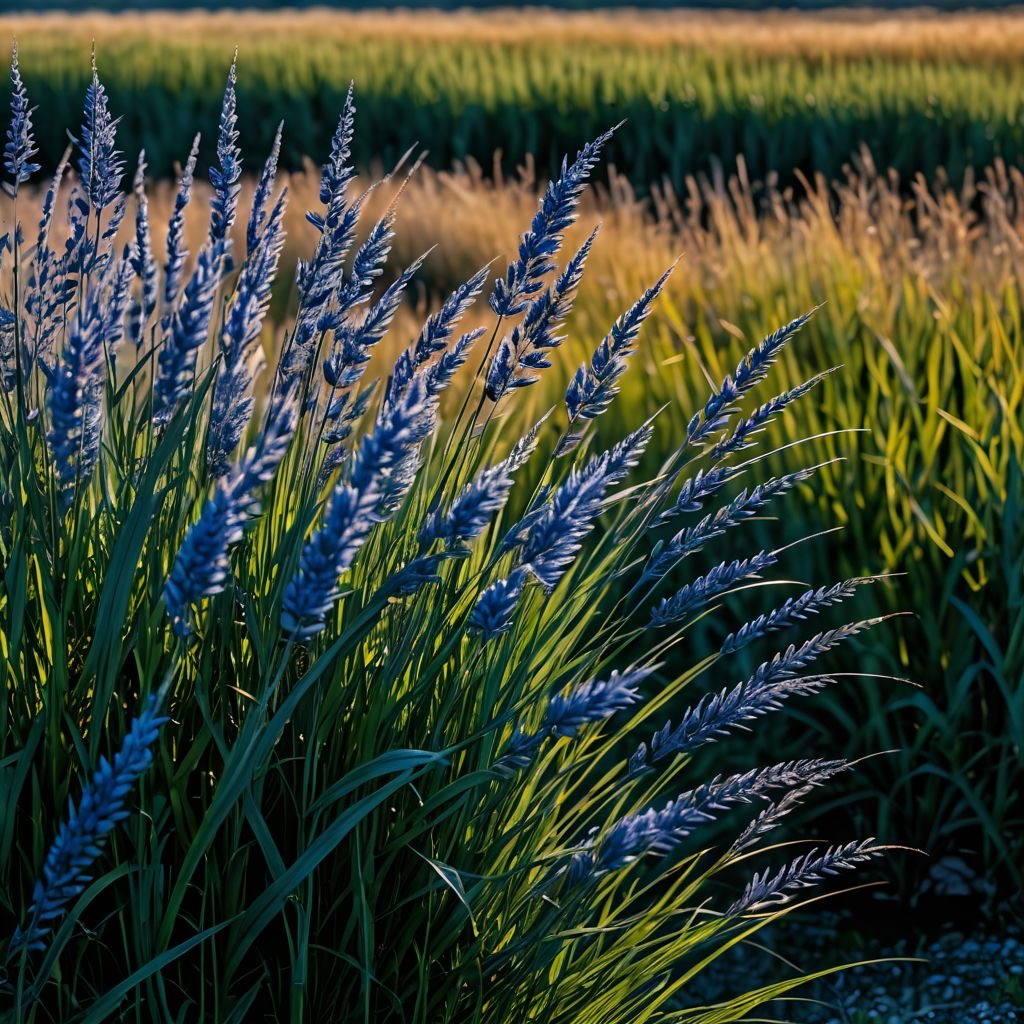
Native plants are like the all-stars of the plant world. They’re adapted to your local climate and soil conditions, and they provide the food and shelter that local wildlife—especially pollinators—are looking for. For Winnipeg, that could include plants like coneflowers, bee balm, and goldenrod. These plants are not only hardy but also incredibly beneficial for local species.
3.2 Provide Food Sources
When planning your wildlife-friendly landscape, it’s essential to think of food sources for your visitors. This goes beyond just flowering plants; you can create a buffet of options by incorporating a variety of plants that bloom at different times during the growing season. That way, you'll provide sustenance for wildlife all season long!
3.3 Create Water Features
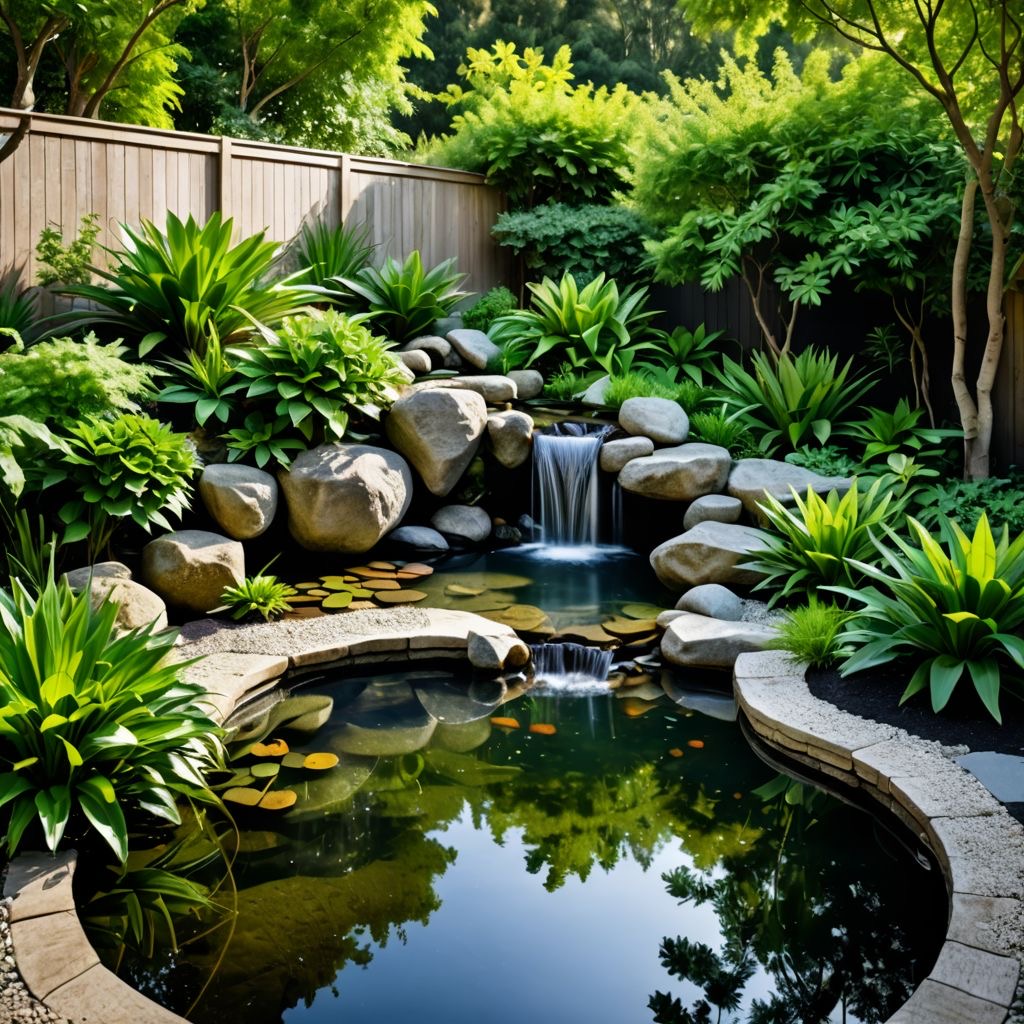
Birdbaths, ponds, or even simple water dishes are essential for attracting wildlife. Birds need water for drinking and bathing, and butterflies love to keep hydrated too. Make sure to keep the water clean and fresh—no one likes a dirty water hole!
3.4 Offer Shelter and Nesting Sites
Just like we need our cozy homes, wildlife also needs safe spaces to rest, nest, and hibernate. Think about adding birdhouses, cedar nesting boxes, or even brush piles to provide shelter. For pollinators, consider leaving patches of bare soil (since some ground-nesting bees prefer undisturbed areas) or building small bee hotels.
3.5 Avoid Chemicals
Let’s keep the chemicals out of our wildlife-friendly paradise. Chemical pesticides and fertilizers can harm the very creatures we’re trying to attract. Instead, try natural pest control solutions—like encouraging beneficial insects (hello ladybugs!) or introducing companion planting, where certain plants naturally deter pests.
Wondering about achieving a weed free Winnipeg landscape?
3.6 Create Diverse Habitats
Diversity is key. Varying the size and shape of your flower beds, creating open grassy areas, or adding layers of plants can help create multiple habitats that cater to various forms of wildlife. You want to give them options to play and nest!
3.7 Think About Vertical Space
Just because you have a small yard doesn’t mean you can’t accommodate wildlife. Utilize vertical space by planting climbing plants and vines or installing hanging planters. Birds love to perch, and bats might just appreciate a convenient roosting spot (bonus points for mosquito control!).
3.8 Educate Yourself and Others
Share your passion for wildlife gardening! Educate your friends and family about the importance of biodiversity and how they can help. Join local conservation groups or engage in community garden projects. It’s always more fun to get your neighbors involved!
Ready to chat about your landscaping goals?

Reach out by call or text to: 204-229-9789 or click here to submit your information today to arrange a “no obligation” introductory phone call. We look forward to helping you transform your yard.
Tips on how to prepare for a consultation meeting with a landscape contractor
6. Common Diseases and Pests:
4. The Importance of Flower Gardens for Bees and Butterflies:
Flower gardens are like five-star restaurants for pollinators! Different flowers provide varying types of nectar and pollen, supporting a wider array of species. Bees, in particular, are crucial for plant reproduction and food production. Imagine a world without apples, almonds, or even coffee; it’s a terrifying thought!
By planting a colorful array of flowers, you’re not just creating eye candy—you're establishing a buffet for pollinators that helps sustain their populations. The more diverse the blooms throughout the seasons, the greater the health of your local bee and butterfly populations.
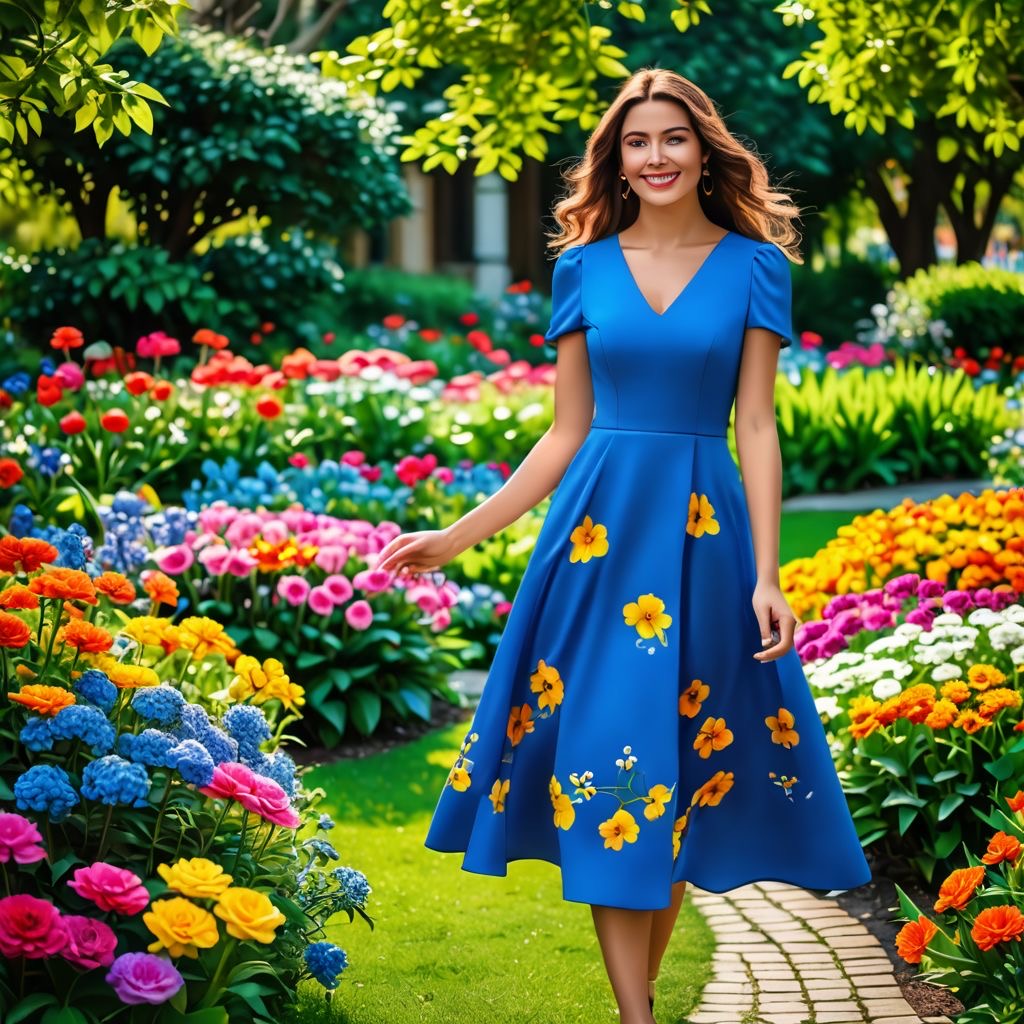
Why is This a Good Thing?
Healthy pollinators lead to healthy gardens and, ultimately, a healthier environment. The benefits reach beyond aesthetics. By preserving these crucial species, you’re investing in the ecosystem’s future, ensuring food security for the human race, and contributing to climate resilience.
5. Ten Blue Flowers to Attract Butterflies:

Setting your sights on attracting butterflies? Blue flowers are remarkably alluring for these colorful creatures. Here are **ten stunning blue flowers that will transform your garden into a butterfly haven:
1. Lobelia (Lobelia erinus): This annual perennial is a shade-tolerant beauty that butterflies adore, creating a cascading effect in hanging baskets.
2. Bellflower (Campanula): With its charming bell-shaped blooms, this perennial brings both beauty and allure to the garden.
3. Blue Salvia (Salvia farinacea): A drought-tolerant perennial with spikes of vibrant blue flowers that attract all sorts of pollinators.
4. Blue Mist Spirea (Caryopteris x clandonensis): This shrub offers vibrant blue flowers and a delightful fragrance, creating a sensory experience in your garden.
5. Blue Flax (Linum lewisii): Native to North America, this perennial not only brings delightful blue blooms but is also drought-tolerant!
6. Delphinium (Delphinium spp.): Tall and stunning, these perennial flowers add height and drama while attracting butterflies in droves.
7. Cornflower (Centaurea cyanus): Also called bachelor’s buttons, these annual flowers are perfect for cutting and attract a wide range of butterflies.
8. Aubrieta (Aubrieta deltoidea): This fast-growing groundcover produces loads of small blue flowers, making it a popular choice for rock gardens.
9. Hyacinth Bean (Lablab purpureus): This annual vine adds that stunning blue hue to vertical spaces, dresses up fences, and draws butterflies near.
10. Borage (Borago officinalis): With star-shaped blue flowers and hairy stems, borage is not just beautiful; it’s great for pollinators and even edible!
6. Conclusion:
Creating a wildlife-friendly landscape isn't just a trend—it's a crucial step toward preserving biodiversity and supporting our environment. When you design your garden to attract birds, bees, and butterflies, you’re not only inviting joyful moments but also contributing to the ecosystem’s overall health. Plus, let’s face it: wildlife makes the world more beautiful, and who doesn't want to feel like they’re living in a nature documentary?
So, whether you’re in the midst of yard maintenance in Winnipeg, sprucing up your patios, or working on backyard landscape design, remember that every little effort counts. Start small, implement these tips, and witness your yard transform into a thriving wildlife sanctuary where nature’s wonders take center stage.
Now grab your gardening gloves, get outside, and let that wildlife miracle begin!
Need help? Sunshine Maintenance and Landscaping would love to give you a hand.
With careful consideration and a little commitment, your garden can become a thriving hub for our furry, feathered, and fluttering friends. Happy gardening, and let’s help make the world a better place—one bloom at a time!

